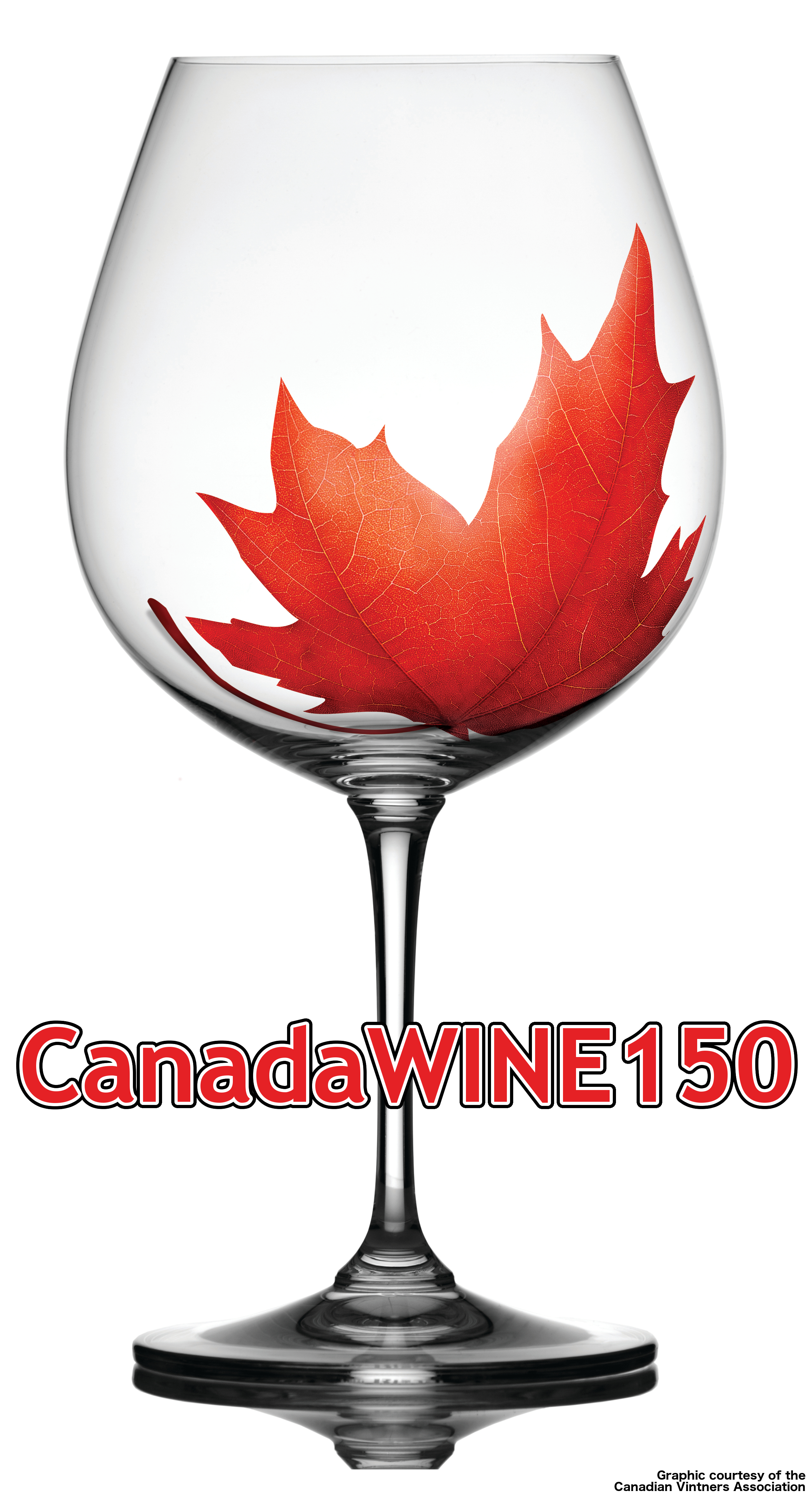
By Rick VanSickle
Publisher of Wines In Niagara
#CanadaWINE150. That is the hashtag I truly hope you will see a lot in the coming weeks and months leading up to the celebration of this great nation’s 150th birthday. On July 1, I’m thinking we break the Internet with posts about our awesome country’s wine, cider, beer and distillates. It’s our time to pound our chests and shout from the rooftops about something that is truly ours and ours alone — Canadian wine.
We will be doing our part here at Wines In Niagara. We have reached out to a diverse group of winemakers, wine marketers, wine writers, wine industry folks, visionaries, pioneers and innovators to get their opinions in their own words about Canadian wine — not where we came from, but where we are going in the next 150 years. What does the future for Canadian wine hold? Hopefully, we will get some answers (or at least food for thought) in a series of columns over the coming weeks and months leading up to July 1. You will hear from people in all major Canadian wine regions in five provinces (so far) all with a unique perspective on the industry and Canadian wine in general.
We will post their columns as they come in on this website and it is our hope that they spark dialogue and inspiration for the future of Canadian wine, the hurdles, the political roadblocks, the issues different provinces face and the big elephant in the room — just getting the wine in front of Canadians who want it.
The series will be tied together with the graphic at the top of this post, which comes to us courtesy of the Canadian Vintners Association, and we thank them for the use of it as it perfectly tells our story of Canadian wine.
So, sit back, read and hopefully enjoy what we have in store leading up to Canada Day. And, please, comment and discuss, we love a good debate here at Wines In Niagara.
Where we came from
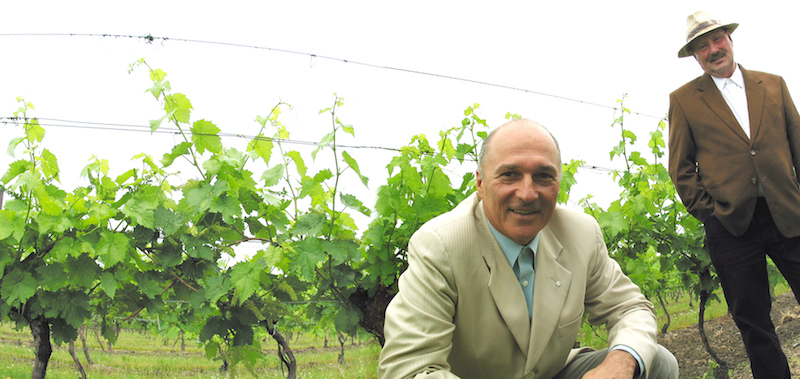
I do not want to dwell on the past too much, because I have written so much on this website about our roots, but suffice to say that, yes, our “roots” do go back just over 150 years ago with what is thought to have been the first commercial winemaking operation in 1866 on Pelee Island in southern Ontario (some have suggest this is incorrect, and the first wine was produced in Niagara just before that … but I do not know for sure).
What I think we can all agree on, it was a slow progression from that point on with a major bump in the road caused by The Ontario Temperance Act, a law passed in 1916 that led to the prohibition of alcohol in Ontario (similar bans occurred in other provinces, as well). In 1927, the Liquor Control Act overturned prohibition as legislated in the Ontario Temperance Act and established the LCBO, through which the province managed liquor distribution with government-run stores (hello future us in Ontario … we still live under these draconian measures to this day!). Nonetheless, drinking in public establishments remained illegal until seven years later. Some communities maintained a ban on the sale of liquor until the 1970s.
Canadian wine, prior to the 1970s, was anything but “civilized.” It was, with few exceptions, horrid swill, a combination of labrusca and other native grapes that grew vigorously but produced barely drinkable wines.
It is only within the last few decades that our wines have gone from domestic obscurity to international superstar, able to compete with some of the finest wines in the world.
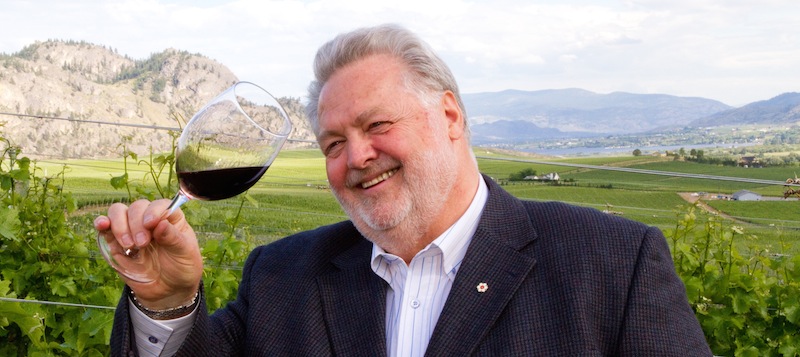
Much of the credit for the booming industry today goes to a trio of men — Donald Ziraldo, Karl Kaiser and Harry McWatters. And even though they toiled 4,200 kilometres apart, Ziraldo and Kaiser in Niagara and McWatters in the Okanagan, their goals were the same: to make 100% Canadian wines that would turn heads the world over.
In the early 1970s, Ziraldo said, Niagara wine producers were making “Canadian” wines with at least some labrusca grapes in the blend and imported grape juice from other countries. There were no rules that guided wineries and therefore no incentives to try planting the hard-to-grow vinifera varietals (noble European grapes that are common today such as Chardonnay, Riesling, Cabernet Sauvignon and Merlot) that worked well in other wine regions of the world.
After visiting relatives in Italy in the early 1970s, Ziraldo came home to Niagara and began experimenting with vinifera at his nursery. He and partner Kaiser, an Austrian-born chemist, shared a similar dream and set out to seize on an opportunity — to grow and make wine from vinifera grapes.
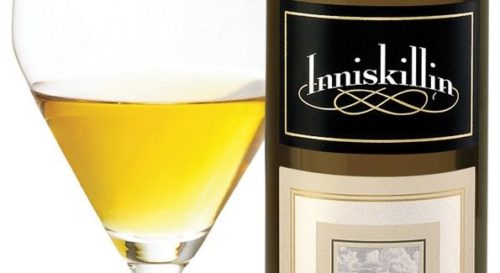 Ziraldo grew the grapes — Riesling, Chardonnay and Gamay to start — at a little vineyard in Niagara and Kaiser, the winemaker, used the new grapes as the basis for these bold new wines. They received a manufacturing permit in 1974 and they were on their way. With wines to sell, and no new retail licences issued in Ontario since Prohibition, Ziraldo approached the Liquor Control Board of Ontario and convinced the government agency to grant them the first licence since Prohibition in 1929, thus ending the dominance of the six big blending wineries that controlled the only licences in Ontario.
Ziraldo grew the grapes — Riesling, Chardonnay and Gamay to start — at a little vineyard in Niagara and Kaiser, the winemaker, used the new grapes as the basis for these bold new wines. They received a manufacturing permit in 1974 and they were on their way. With wines to sell, and no new retail licences issued in Ontario since Prohibition, Ziraldo approached the Liquor Control Board of Ontario and convinced the government agency to grant them the first licence since Prohibition in 1929, thus ending the dominance of the six big blending wineries that controlled the only licences in Ontario.
With a means to sell their wines and a commitment to make 100% Canadian wine from vinifera grapes, Ziraldo and Kaiser started up a boutique winery in 1975 called Inniskillin, opening the door for others to follow. It started what is today the modern wine revolution in Canada.
“As a young, naive 20-something it was a challenge and several people like Robin Scott (Bank of Montreal), General George Kitching (head of the LCBO), and Bob Welch (deputy premier of Ontario at the time), believed in us. The only obstacle was skepticism which probably worked in our favour … no one saw us coming,” Ziraldo told me.
B.C. joins the party
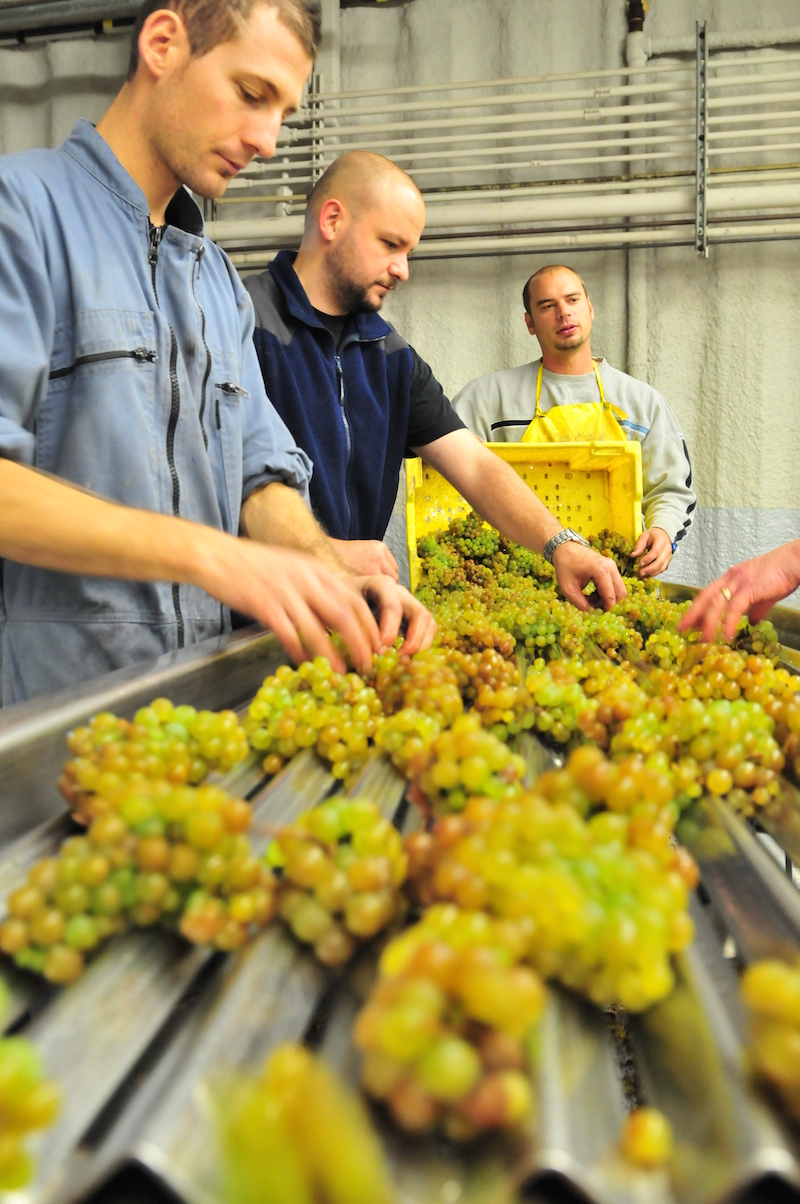
While granting new winery licences started an explosion in Ontario, the Okanagan Valley in British Columbia was well on its way to a revolution of its own. With help from the provincial government, over 4,000 vinifera vines were planted at 18 different sites in 1974 with Gewurztraminer, Riesling and Pinot Blanc showing the greatest promise. Up until that point, the most popular plantings in the Okangan were labrusca and French hybrids.
Harry McWatters blew onto the B.C. wine scene in 1979 when he established Sumac Ridge Estate Winery in Summerland. He lobbied the B.C. government to licence “estate” wineries with smaller wine production numbers, 15,000 cases and under, and a new era in wine began for the provincial wine industry — it created proliferation of new wineries planting vinifera grapes and making exciting wines from Canadian grapes.
While McWatters worked quietly to establish Sumac Ridge as a premier winery in Canada, the industry was split between the “quality” wine producers and those still churning out hybrid blends. That rift was the catalyst for the most profound change in the industry that was starting to take shape. With McWatters in B.C. and Ziraldo and Kaiser in Ontario, a plan was being hatched to recognize wines that were made only from Canadian grapes.
The year was 1988 and three remarkable events occurred that would have a lasting impact on the Canadian wine industry — free trade with the U.S., a major grape vine pullout and replacement program with quality vinifera and the establishment of the Vintners Quality Alliance.
Free trade prompted an adjustment in the Canadian wine industry. To conform to the new reality and with a desire to produce premium wines in this country, Ontario and B.C. growers agreed to a major federal-provincial program to replace native grapes with vinifera. With the new varietals and a commitment from quality producers such as Inniskillin in Ontario and Sumac Ridge in B.C., VQA was established.
In 1988, Ontario was first to establish the new set of rules, which was a quality assurance program that meant consumers were buying wine that was made with 100% Canadian grapes. B.C., with McWatters as a driving force, followed suit two years later in 1990.
“Without VQA we wouldn’t have an industry today,” McWatters said. “We wouldn’t exist today.” For McWatters the establishment of a quality assurance board was the turning point in Canadian wine history. “It’s gone beyond what I believed could happen. I had no idea of the potential.”
Dramatic growth
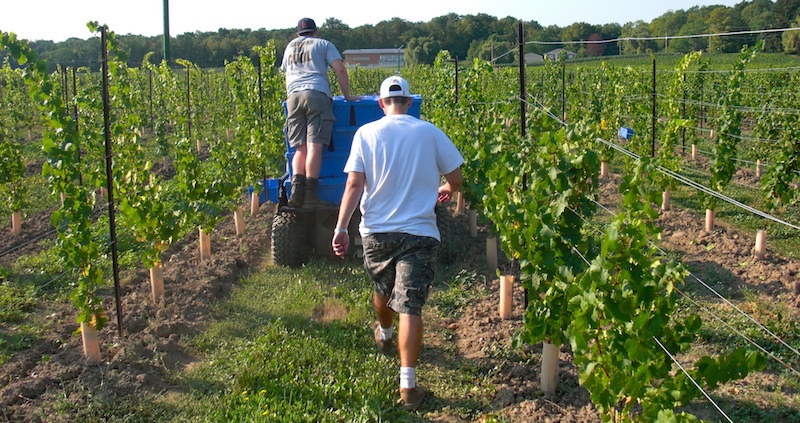
Harry McWatters and Donald Ziraldo have had a front-row seat for the wild ride that has been the Canadian wine industry and have been a part of its dramatic growth since the 1970s. But they haven’t been alone. Paul Bosc (Chateau des Charmes), Len Pennachetti (Cave Spring Cellars), John Marynissen (Marynissen Estates Winery), Ewald Reif (Reif Estate Winery), George Heiss (Gray Monk), Robert Shaunessy (Tinhorn Creek), and Anthony von Mandl (Mission Hill) all helped shape the industry by believing in a product that was proudly and totally Canadian.
In the mid-1970s there were scant few wineries operating in either the Okanagan Valley or Ontario. And even fewer committed to producing Canadian wine. Today the number of wineries — from the wonderful fruit wineries in almost every province to those in the emerging regions of Nova Scotia, Prince Edward County in Ontario, the Gulf Islands and Vancouver Island in B.C., Lake Erie North Shore, Pelee Island and the major regions of the Okanagan Valley and Niagara Peninsula — is has surpassed 500 licenced wineries.
And the best is yet to come as new dreamers emerge from their garages, back sheds and basements with even better wines, raising the bar and testing the boundaries of an industry that shows no limits. Now, that’s something we can all drink to on Canada Day, or every day, for that matter.





Comment here